Mangaluru: The renovated Jos Alukkas showroom on Light House Hill Road in Hampankatta was inaugurated on Saturday by Third Additional District and Sessions Judge of Mangaluru Sandhya S.
Addressing the gathering on the occasion, the judge said, “Jos Alukkas is a household name among the people of Mangaluru, having gained the trust of clients as a leading jeweler with high quality products. I congratulate Jos Alukkas on the achievement and wish the team the very best in continuing on the set path.”
Film actors Roopesh Shetty, who was the chief guest, actor Rachana Rai and advocate B Guruprasad Shetty, also spoke on the occasion, congratulating the jewelry house. Jos Alukkas Managing Directors Varghese Alukka, Paul J Alukka and John Alukka, HRD head Tony Ignatius, Sales head Joseph, SCM Santhosh, Area Manager Biju TL, Managers Augustin and others were also present during the inauguration. Journalist Chethan Pilikula was the compere for the event.
The festive edition 'Shubha Mangalyam Bridal Collections 2023' would be the special attraction of the renovated showroom. The jewelry collection at the showroom are crafted by skilled designers as well as traditional artisans from various states. The jewelry collection under 'Shubha Mangalyam' are, therefore, reflections of the cultural heritage and the sculptural ingenuity of India, Jos Alukkas has stated in its press release.
“The showroom is a haven for international lab-certified world-class diamonds and magnificent platinum collections. Customers can avail of a noteworthy 25 per cent discount on diamonds and a generous 7 per cent on platinum jewelry. An exclusive inaugural offer entails customers receiving a complimentary gold coin upon making a minimum purchase of Rs 50,000 worth of gold jewelry,” the house added.
Jos Alukkas further said in the press release, “Customers are invited to exchange their old gold for new BIS HUID hallmarked gold jewelry and take advantage of the associated benefits. The Gold Purchase Advance Scheme allows customers to invest in monthly gold schemes and get ornaments on maturity with special discounts.”
The jewelry house also said, “Jos Alukkas' 5,500 crores expansion venture stands as the single largest investment and expansion plan ever undertaken by a jewelry retail brand in the country. Being a pioneering Indian jewelry brand to introduce the HUID Campaign, Jos Alukkas has garnered nationwide recognition solidifying its leading position in HUID awareness and promotion. With a trusted legacy of 58 years in the jewelry industry, Jos Alukkas is renowned for its commitment to trust and offering nothing less than real certified purity. Through its expansion endeavors, Jos Alukkas aspires to extend its legacy of trusted and high-quality jewelry to customers across the country.”
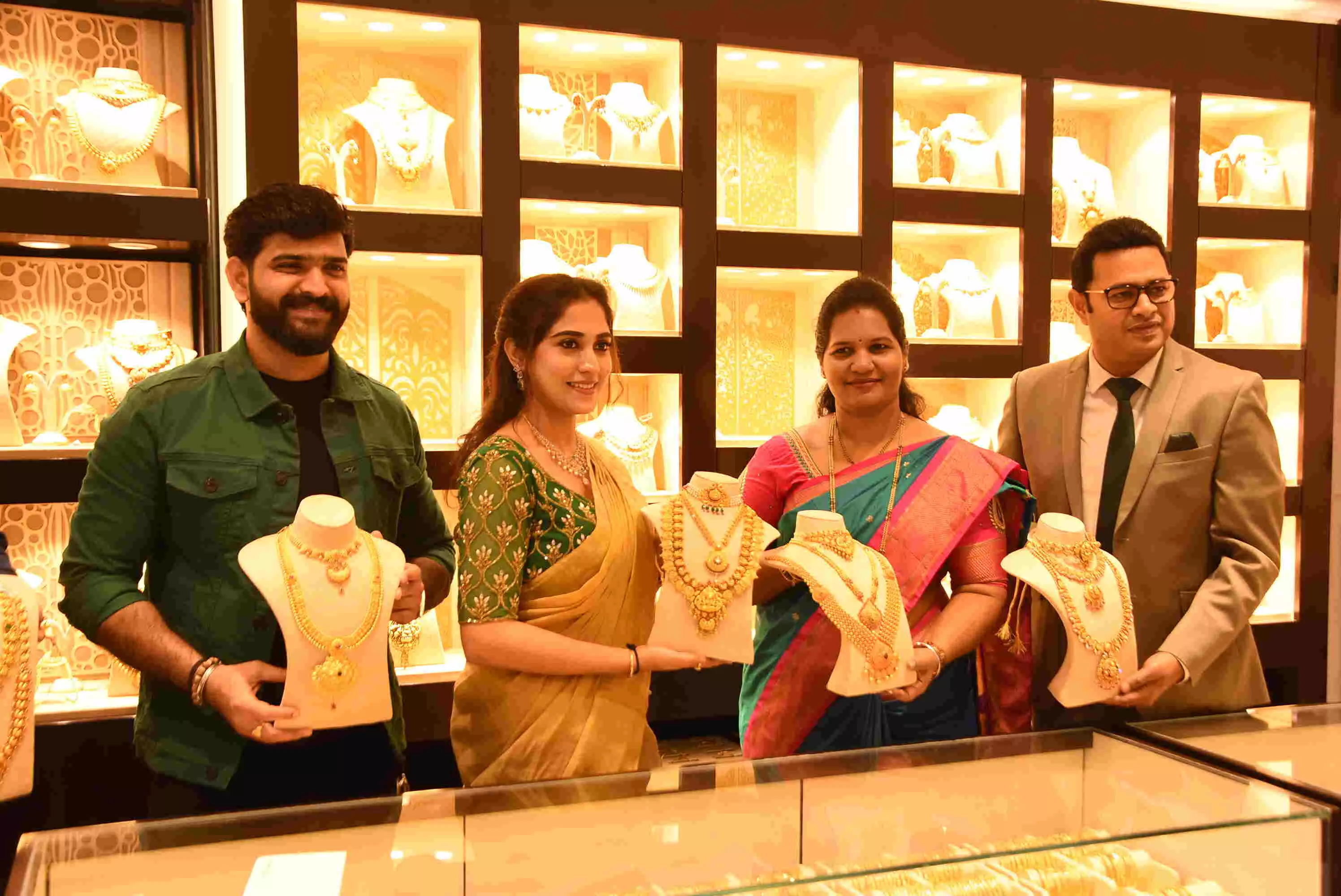
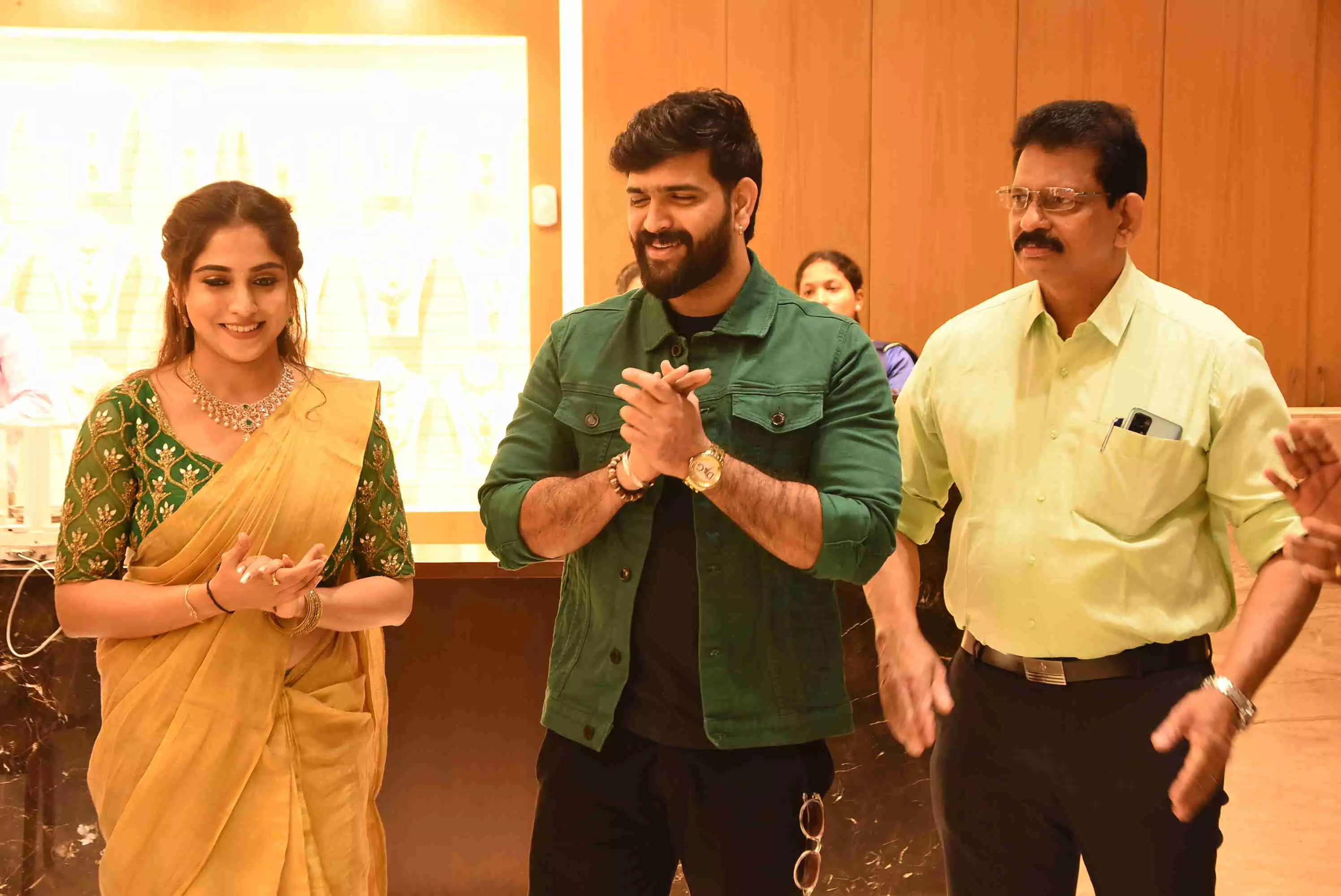

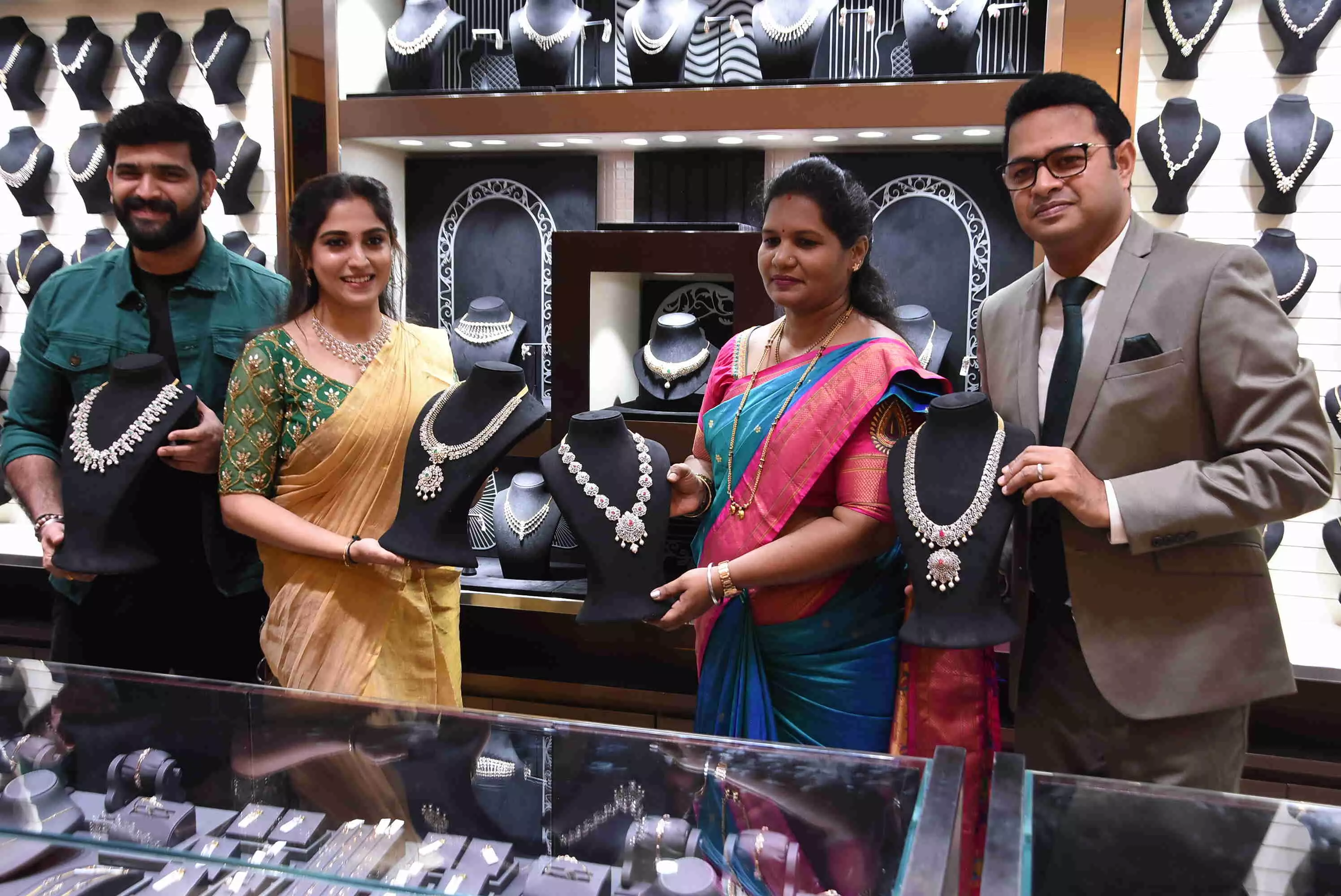
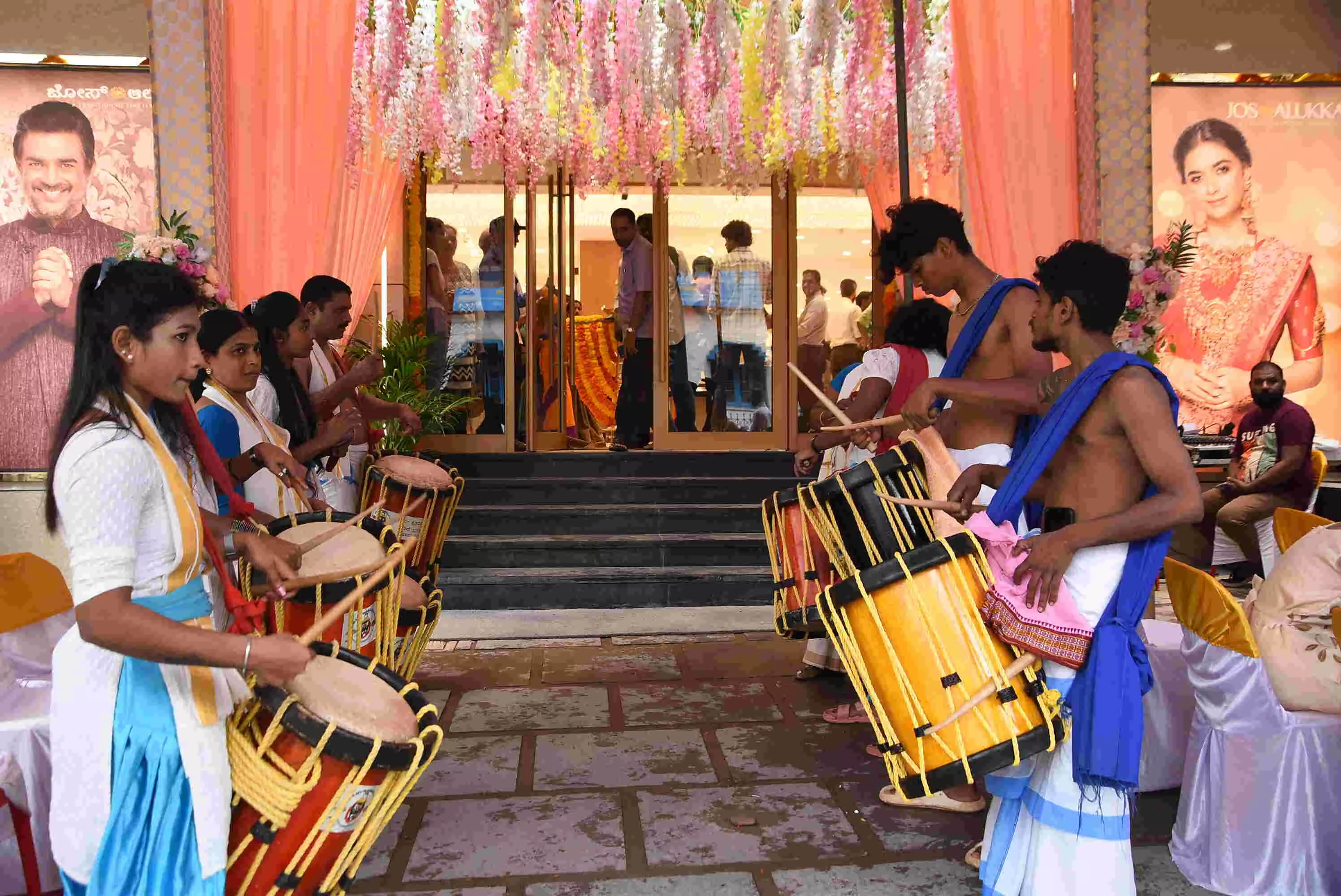

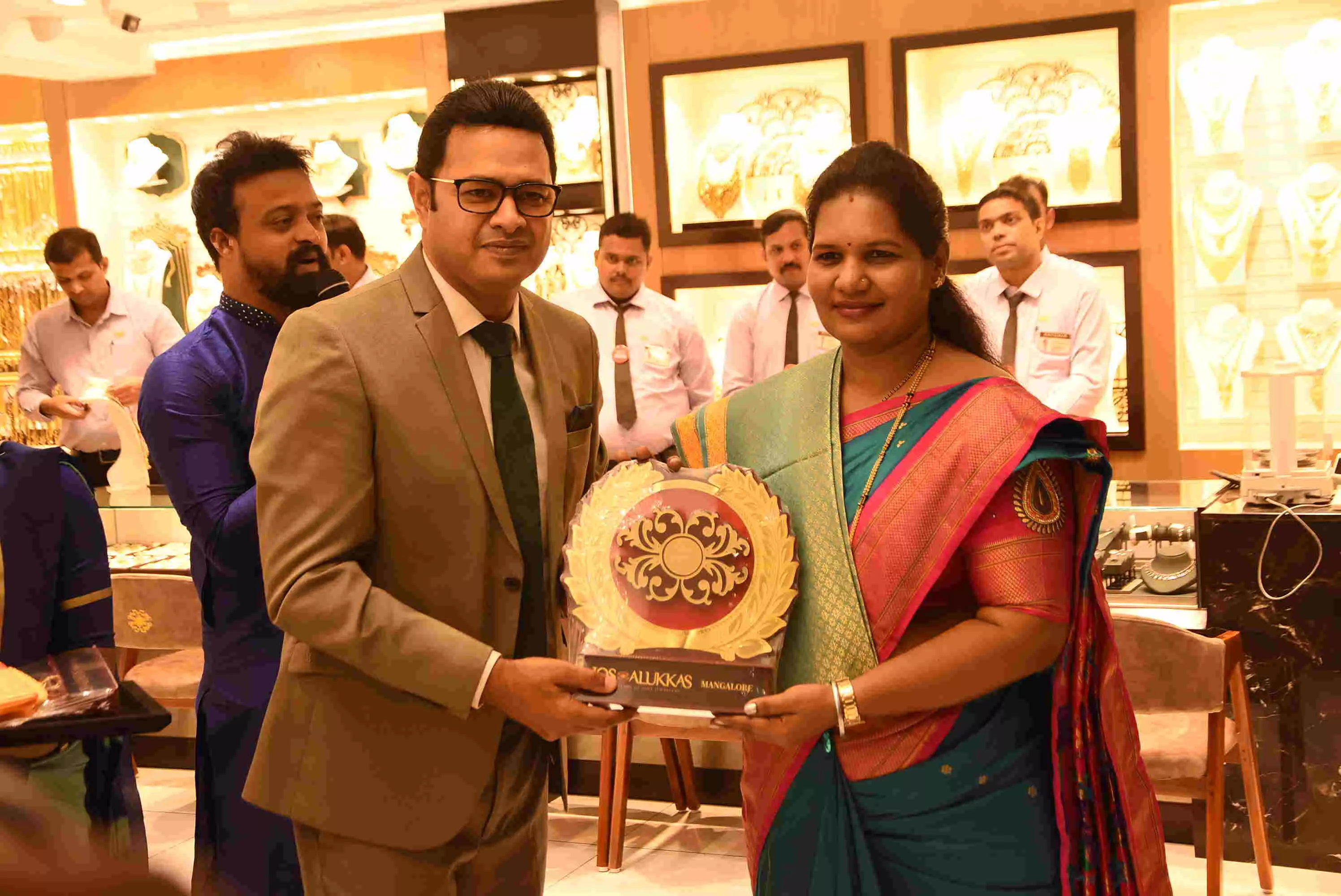
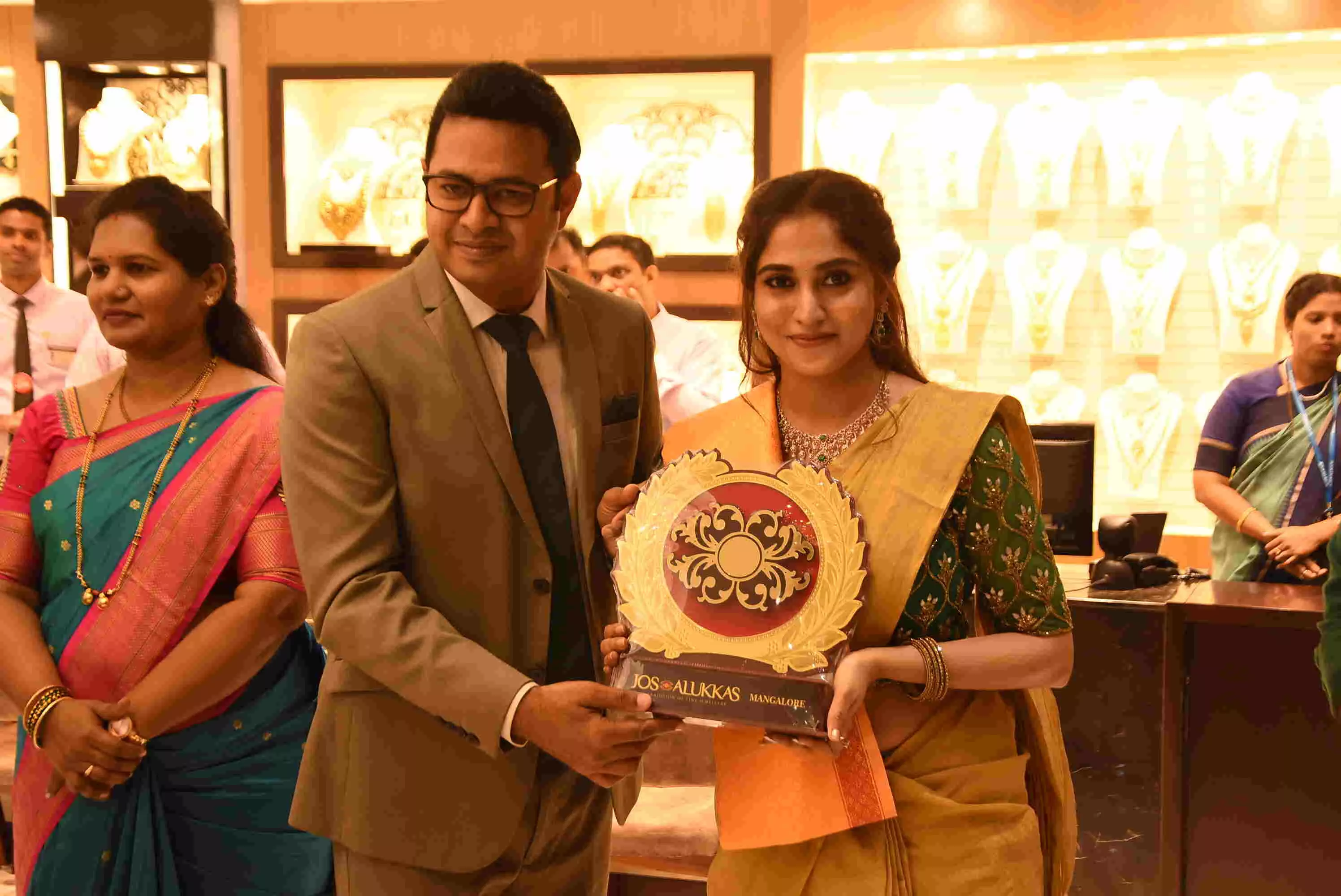
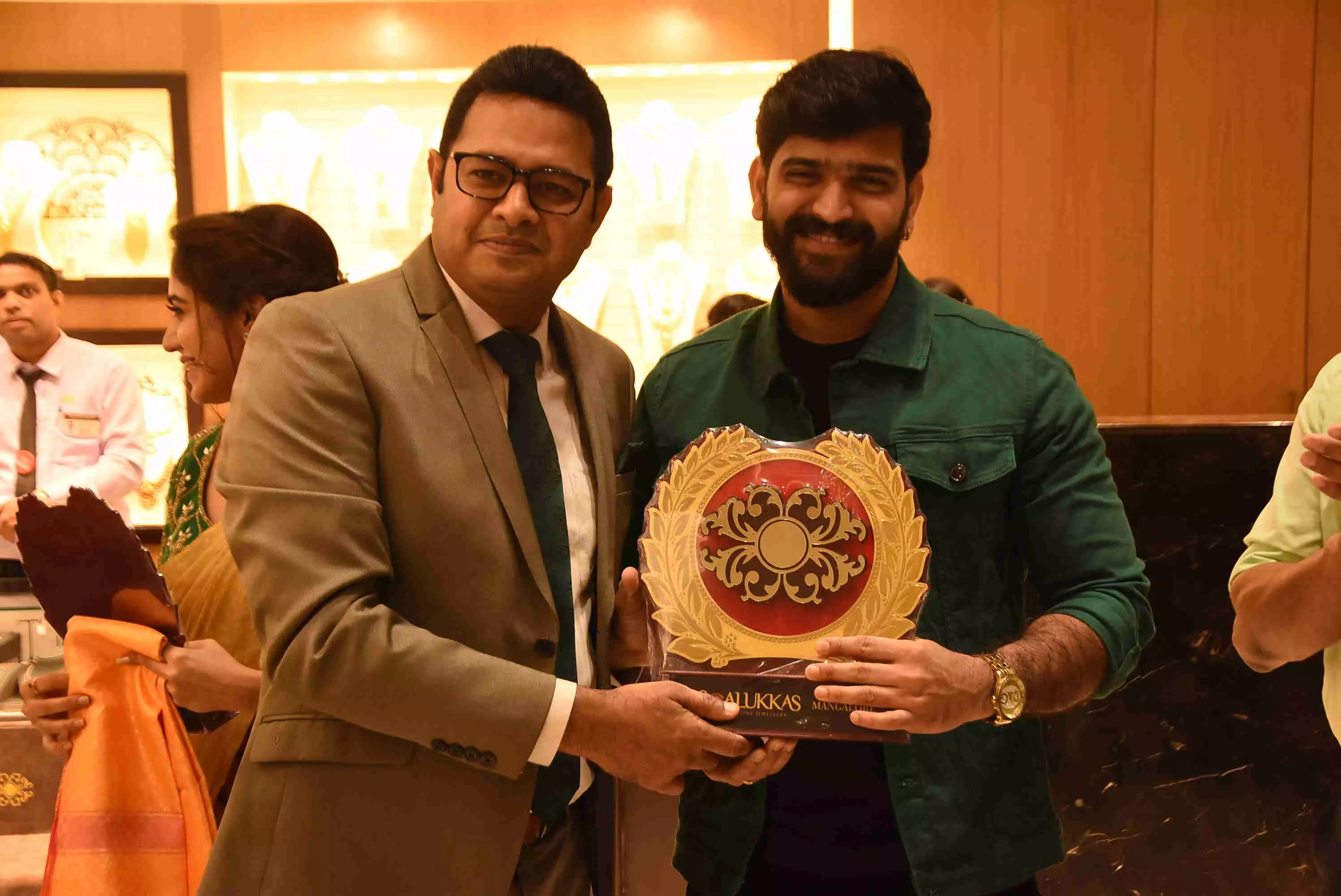
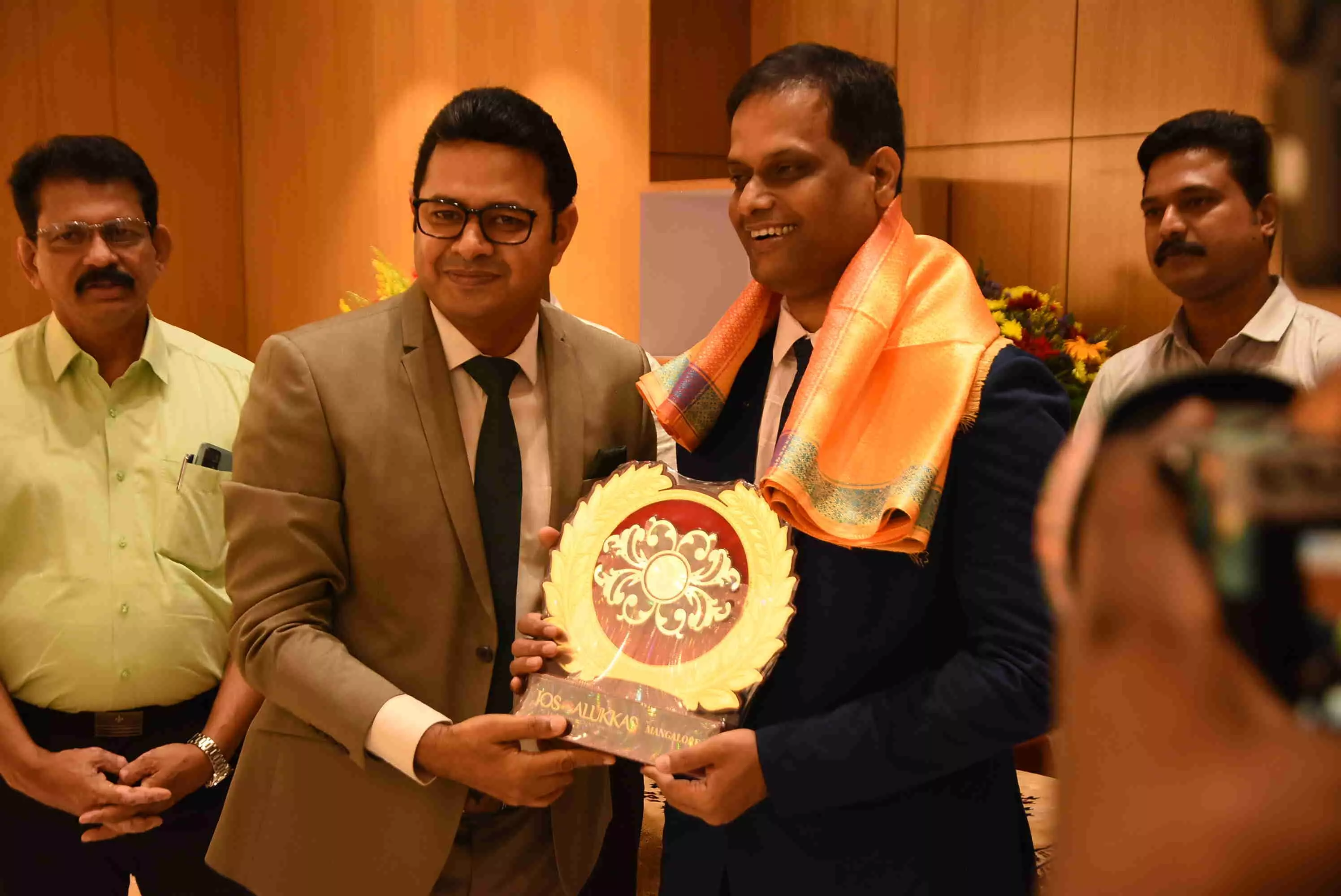
Let the Truth be known. If you read VB and like VB, please be a VB Supporter and Help us deliver the Truth to one and all.
Indore (PTI): An 18-year-old graphic designer, who claimed to have lost his job due to AI, was arrested with his NEET-aspirant woman friend on Thursday for allegedly stealing jewelry worth Rs 16 lakh.
The teen duo told police that they were inspired by the 2005 film Bunti Aur Babli, said Deputy Commissioner of Police (DCP) Shrikrishna Lalchandani.
They allegedly stole gold, silver, and diamond jewelry worth Rs 16.17 lakh from a shop in Rau police station area in the city on the night of December 22, the official told reporters.
ALSO READ: Migrant worker from Bengal beaten to death over bidi in Odisha: Police
The entire booty was recovered from their possession after the arrest in Bhopal where they had fled.
Without disclosing the identities of the accused, DCP Lalchandani said, "Both are 18 years old. The young man is a graphic designer, while the woman is preparing for National Eligibility-cum-Entrance Test (NEET). The two have known each other since childhood.
"During interrogation, the young man told us that he used to work part-time as a graphic designer at an IT company, but lost his job due to the company's adoption of artificial intelligence (AI) technology and he was finding it difficult to make ends meet," the official added.
The accused, who come from economically weak background, claimed to have planned the theft after watching "Bunty Aur Babli," he said.
"The accused say they tried to sell the stolen jewelry, but the buyers, thinking they were children, wouldn't pay the right price. So they had decided to sell it after Christmas holidays," the DCP said.





